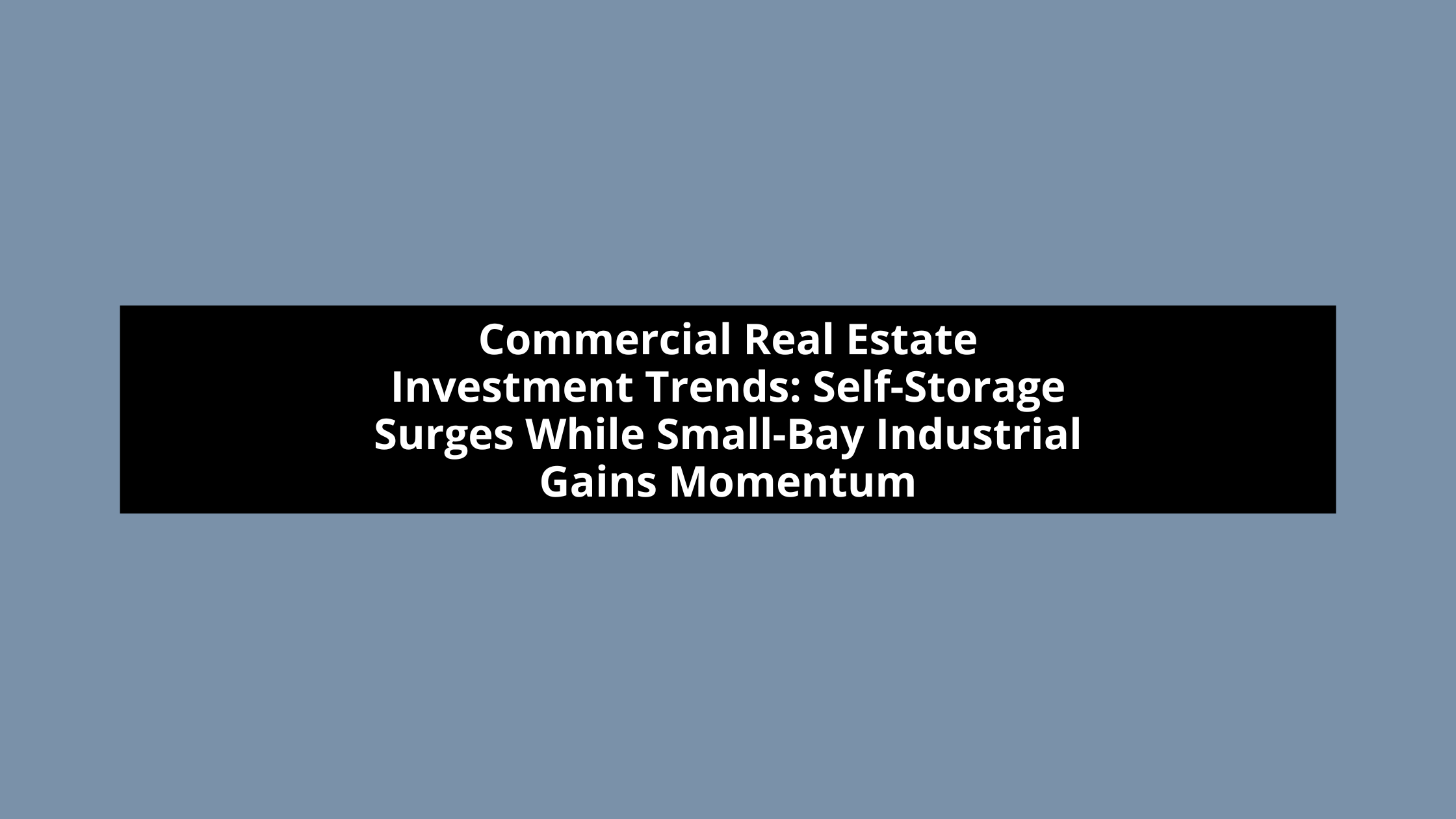Recent Overbuilding Positions Multifamily Sector for Resilience Amid Economic Uncertainty
As recently reported in the Wall Street Journal, the multifamily housing sector has been navigating challenging waters recently, with the largest surge in apartment construction in four decades flooding markets nationwide. This unprecedented supply increase has created significant headwinds for property owners, who have been forced to offer substantial concessions to attract tenants. However, in an unexpected twist of economic fate, this apparent oversupply situation may prove advantageous as new challenges emerge on the horizon.
As the industry faces potential material cost increases and construction labor shortages, the timing of this development cycle may provide a surprising buffer. The massive delivery pipeline has largely run its course, meaning fewer projects will be affected by rising costs. This fortunate timing wasn’t necessarily by design, but nevertheless positions apartment owners more favorably than other segments of the housing industry.
Economic Conditions
Economic analysts note that the combination of shifting trade policies, growing economic uncertainty, and persistently high mortgage rates present significant challenges for the broader housing market. These factors will likely extend the rental tenure of many households that might otherwise transition to homeownership, creating sustained demand for rental housing options including both apartments and single-family rentals.
Market data reveals the scale of recent construction activity, with property intelligence firms documenting the delivery of more than 1.1 million apartment units during 2023 and 2024 combined – volumes not seen since the mid-1980s. This development was particularly concentrated in high-growth Sunbelt markets, resulting in temporary rent moderation even in traditionally strong performers such as Austin and Nashville.
However, the development pipeline has significantly contracted since this surge, as projects initiated during periods of lower financing and material costs have now been completed. With fewer new projects breaking ground, any additional construction expenses related to changing trade policies will have limited impact on the multifamily sector compared to other construction segments.
What’s Ahead
Industry professionals anticipate that current inventory levels should be largely absorbed by year-end, creating conditions for nationwide rent growth to resume. Property owners in markets like Atlanta are preparing for this shift, with some anticipating potential annual rent increases approaching 5% for units across various price points, barring significant economic contraction.
The outlook differs substantially for homebuilders, who face greater exposure to material cost fluctuations. Unlike apartment developers who have already completed their construction cycle, homebuilders are actively constructing new inventory and scrambling to mitigate potential cost increases. Many have begun stockpiling essential materials like lumber, windows, cabinetry, and steel before any new tariffs take effect.
While certain North American imports have received exemptions, industry research indicates that over 25% of residential construction imports come from China, which faces substantial tariff increases. Additionally, potential labor market disruptions could further complicate new construction efforts, as recent research estimates approximately 13% of the construction workforce lacks permanent legal status.
Housing market experts predict these challenges will become increasingly apparent in the coming months as supply chain adjustments materialize. The anticipated construction slowdown is already reflected in economic indicators, with February data showing year-over-year declines in housing starts, permits, and completions according to federal statistics.
This environment has already produced measurable effects in certain markets. In Manhattan, for example, effective median rents (which account for landlord concessions) have reached record highs according to real estate market reports.
While apartment owners will face some operational cost pressures related to maintenance and repairs, they remain relatively insulated from the more severe impacts facing new development projects. The primary risk factor would be a broader economic recession triggered by global trade tensions, which could undermine rental demand across all housing segments.
For the moment, however, market conditions continue to favor rental housing providers. High home prices combined with limited for-sale inventory leave many potential buyers with few alternatives to renting. The persistent elevation of mortgage rates above 6.5% has sidelined numerous prospective homebuyers who continue waiting for more favorable financing conditions that have yet to materialize.
Financial analysts suggest the cost gap between buying and renting will remain significant, with ownership expected to be approximately one-third more expensive than renting through year-end according to commercial real estate projections. Recent declines in consumer sentiment further suggest potential homebuyers may delay major purchasing decisions like home acquisition.
Real estate researchers note that periods of economic uncertainty typically reduce housing mobility, as households prioritize stability during unpredictable times. This behavioral response tends to benefit existing landlords as renewal rates increase.
The Multifamily Advantage
The multifamily sector’s current position illustrates how market timing – whether strategic or fortuitous – can dramatically influence industry outcomes. Having completed a major development cycle just as new construction headwinds emerge; apartment owners appear positioned to benefit from limited new competition precisely when demographic and economic factors support rental demand. While challenges remain, particularly related to broader economic stability, the industry’s development cycle has created an unexpectedly advantageous scenario for existing property owners.
About Myles Lichtenberg, Esq.
MylesTitle, Founder, Owner & Chief Title Insurance Officer
Myles Lichtenberg, Esq., is a recognized leader in the real estate title insurance industry. Since 1979, Mr. Lichtenberg, and his amazing team, have conducted well over 27,000+ real estate title transactions and over $16 Billion Dollars of settled transactions, involving just about every type and variety of real estate configuration — from commercial to residential, from complex to simple and from single-state to multi-state portfolios.


